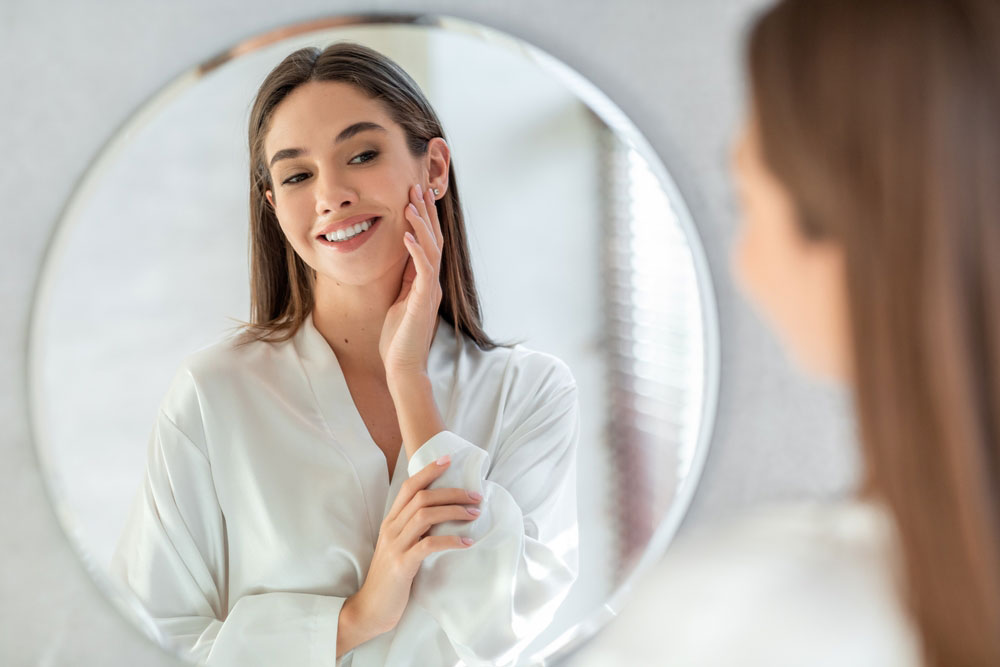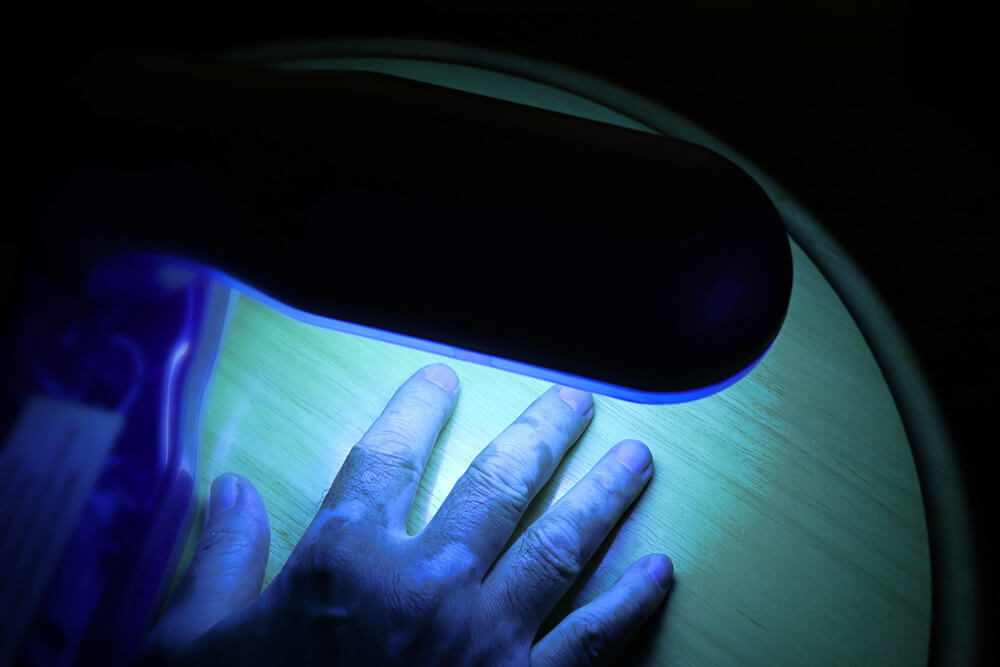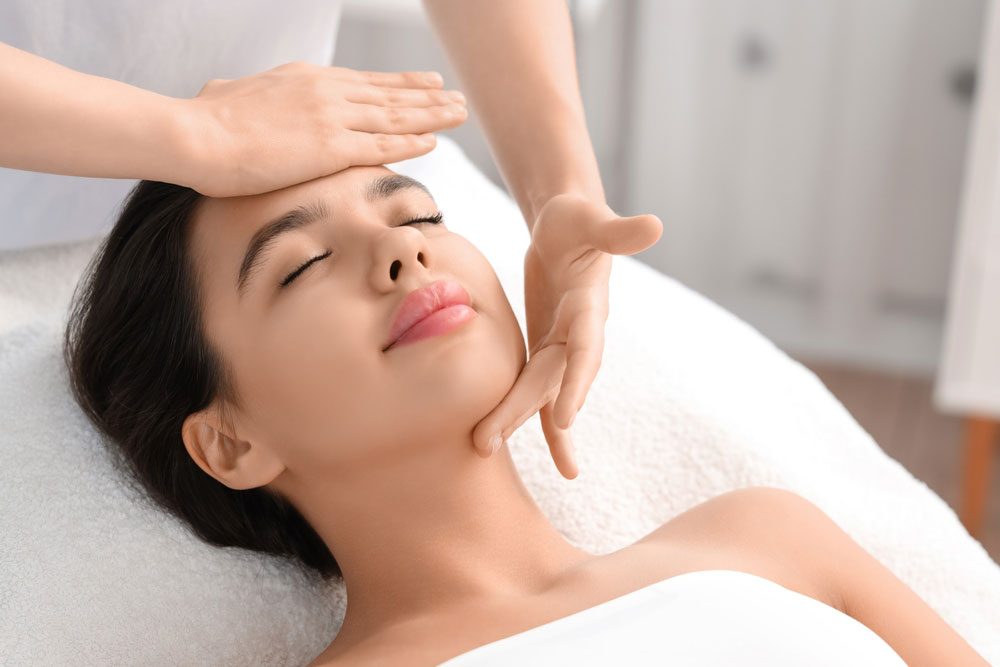Fall is the perfect time to consider rejuvenating your skin after months of sun exposure. Professional chemical peels offer an effective solution for restoring your skin’s radiance, addressing damage, and promoting a more youthful appearance. Let’s explore the benefits of chemical peels, the different types available, what you can expect during treatment, and essential aftercare tips.
Why Chemical Peels?
Summer can leave your skin feeling dull, uneven, and damaged due to UV exposure, sweat, and environmental pollutants. Chemical peels work by exfoliating the outer layers of skin, helping to:
- Reduce Sun Damage: Chemical peels can effectively diminish sunspots, pigmentation, and other signs of photoaging.
- Improve Texture: They promote smoother skin by removing dead cells and stimulating new cell growth.
- Minimize Fine Lines and Wrinkles: Peels encourage collagen production, helping to reduce the appearance of fine lines.
- Unclog Pores: This treatment can help treat acne and prevent future breakouts by clearing clogged pores.
Types of Chemical Peels
Chemical peels vary in strength and depth, making it crucial to choose the right one based on your skin type and concerns. Here are the primary types:
1. Superficial Peels
- Ingredients: Often contain alpha hydroxy acids (AHAs) like glycolic or lactic acid.
- Benefits: Gentle and ideal for first-timers; helps improve skin tone and texture with minimal downtime.
2. Medium Peels
- Ingredients: Typically use trichloroacetic acid (TCA).
- Benefits: Targets deeper skin issues, such as moderate sun damage and fine lines. Expect some redness and peeling for a few days post-treatment.
3. Deep Peels
- Ingredients: Utilize stronger agents like phenol.
- Benefits: Designed for more severe skin issues like deep wrinkles or significant sun damage. Requires longer recovery but yields dramatic results.
What to Expect During Treatment
Before your chemical peel, we will conduct a consultation, assessing your skin and discussing your goals. Here’s a general overview of what to expect during the procedure:
- Cleansing: Your skin will be thoroughly cleansed to remove any makeup, oils, or impurities.
- Application of the Peel: The chemical solution is applied to your skin. You may feel a tingling or slight burning sensation, which typically subsides quickly.
- Neutralization: Depending on the type of peel, the solution may be neutralized with a special solution or left to work for a designated time.
- Post-treatment Care: After the peel, your provider will offer recommendations for care and what to expect in terms of healing.
Aftercare Tips
Proper aftercare is essential for maximizing results and ensuring a smooth recovery. Here are some tips to follow after your chemical peel:
- Avoid Sun Exposure: Your skin will be sensitive post-peel, so protect it with sunscreen (SPF 30 or higher) and limit sun exposure for at least two weeks.
- Moisturize: Keep your skin hydrated with a gentle moisturizer. Look for products that are free of fragrances and irritants.
- Avoid Exfoliation: Steer clear of scrubs, retinoids, and other exfoliating products for at least a week to allow your skin to heal.
- Stay Hydrated: Drink plenty of water to help your skin recover from the treatment.
- Follow Up: Attend any recommended follow-up appointments to monitor your skin’s healing process and discuss future treatments.






